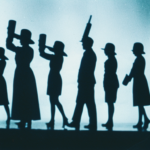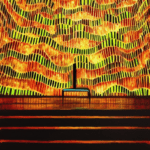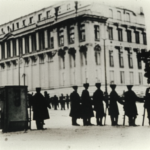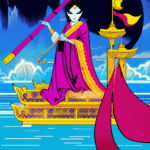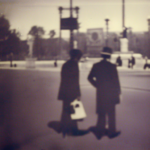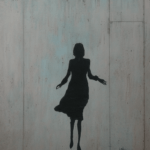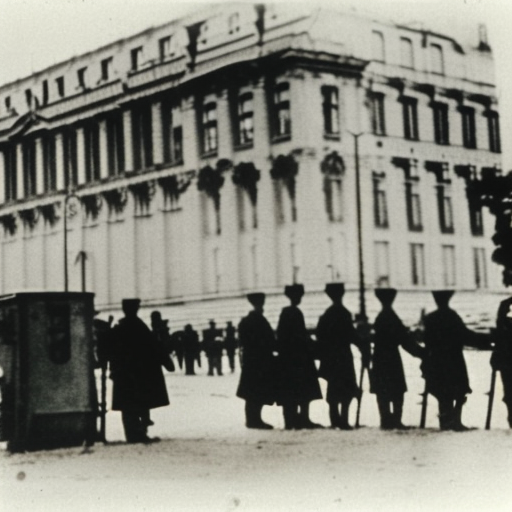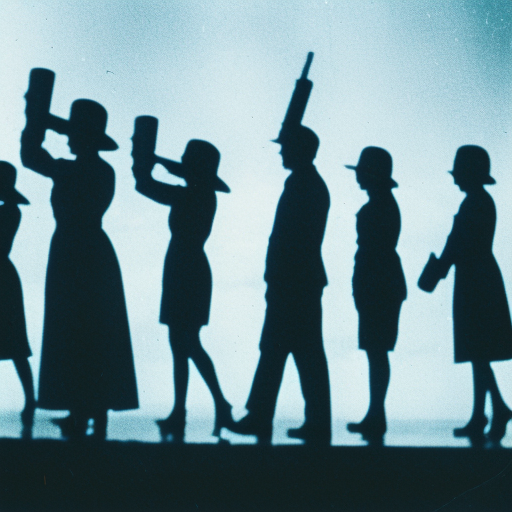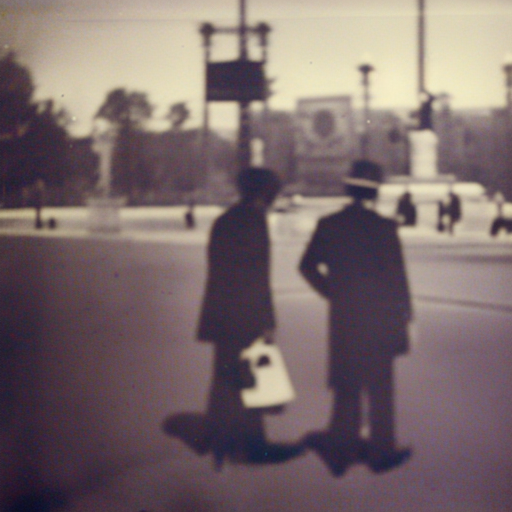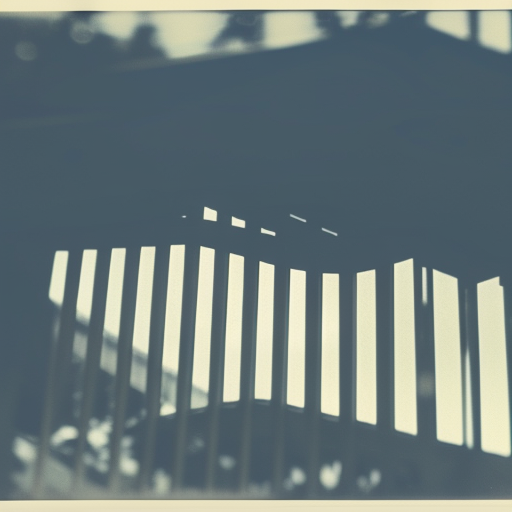The Bolshevik Revolution (1917)
The Bolshevik Revolution, also known as the October Revolution, was a pivotal event in Russian history that took place in 1917. It marked the overthrow of the Provisional Government and the rise of the Bolshevik Party, led by Vladimir Lenin, to power. The revolution had far-reaching consequences, ultimately leading to the establishment of the Soviet Union.
Causes of the Revolution
The revolution was fueled by a combination of political, social, and economic factors. Russia’s involvement in World War I had strained the country’s resources and led to widespread discontent among the population. The Provisional Government, which had taken power after the abdication of Tsar Nicholas II, failed to address the people’s demands for peace, land reform, and an end to food shortages.
Lenin and the Bolshevik Party
Vladimir Lenin, the leader of the Bolshevik Party, played a crucial role in the revolution. He had spent years in exile, studying Marxist theory and organizing the party. Lenin returned to Russia in April 1917 and immediately began advocating for a socialist revolution. The Bolshevik Party, with its slogan of “Peace, Land, and Bread,” gained support among the working class and soldiers.
The October Revolution
The revolution began on October 25, 1917, when the Bolsheviks seized key government buildings in Petrograd (now St. Petersburg). The Provisional Government was overthrown, and power was transferred to the newly formed Soviet government, led by Lenin. The revolution was relatively bloodless, with minimal resistance from the government forces.
Consolidation of Power
After the revolution, the Bolsheviks faced numerous challenges in consolidating their power. They had to contend with opposition from other political parties, including the Mensheviks and the Socialist Revolutionaries. The Bolsheviks also had to deal with the ongoing war with Germany and the threat of foreign intervention.
Treaty of Brest-Litovsk
In March 1918, the Bolshevik government signed the Treaty of Brest-Litovsk with Germany, effectively ending Russia’s involvement in World War I. The treaty, however, came at a high cost, as Russia had to cede significant territories to Germany and its allies. This led to internal divisions within the Bolshevik Party and increased opposition to Lenin’s leadership.
Civil War
The revolution triggered a brutal civil war that lasted from 1918 to 1922. The Bolsheviks, known as the Red Army, fought against various anti-Bolshevik forces, collectively known as the Whites. The war was characterized by widespread violence, famine, and economic collapse. The Red Army eventually emerged victorious, solidifying Bolshevik control over Russia.
Establishment of the Soviet Union
In 1922, the Russian Soviet Federative Socialist Republic, along with several other Soviet republics, formed the Union of Soviet Socialist Republics (USSR), commonly known as the Soviet Union. Lenin became the leader of the new state, which aimed to build a socialist society based on the principles of Marxism-Leninism.
Legacy
The Bolshevik Revolution had a profound impact on the course of world history. It inspired other revolutionary movements around the world and led to the spread of communism. The Soviet Union became a superpower, challenging the dominance of capitalist countries. However, the revolution also resulted in the establishment of a totalitarian regime, characterized by repression, censorship, and economic stagnation.
In conclusion, the Bolshevik Revolution of 1917 was a turning point in Russian history. It brought the Bolshevik Party to power, led by Vladimir Lenin, and ultimately led to the establishment of the Soviet Union. The revolution was driven by a combination of political, social, and economic factors, and its consequences were far-reaching. Despite its legacy of both inspiration and repression, the Bolshevik Revolution remains a significant event in the annals of world history.
